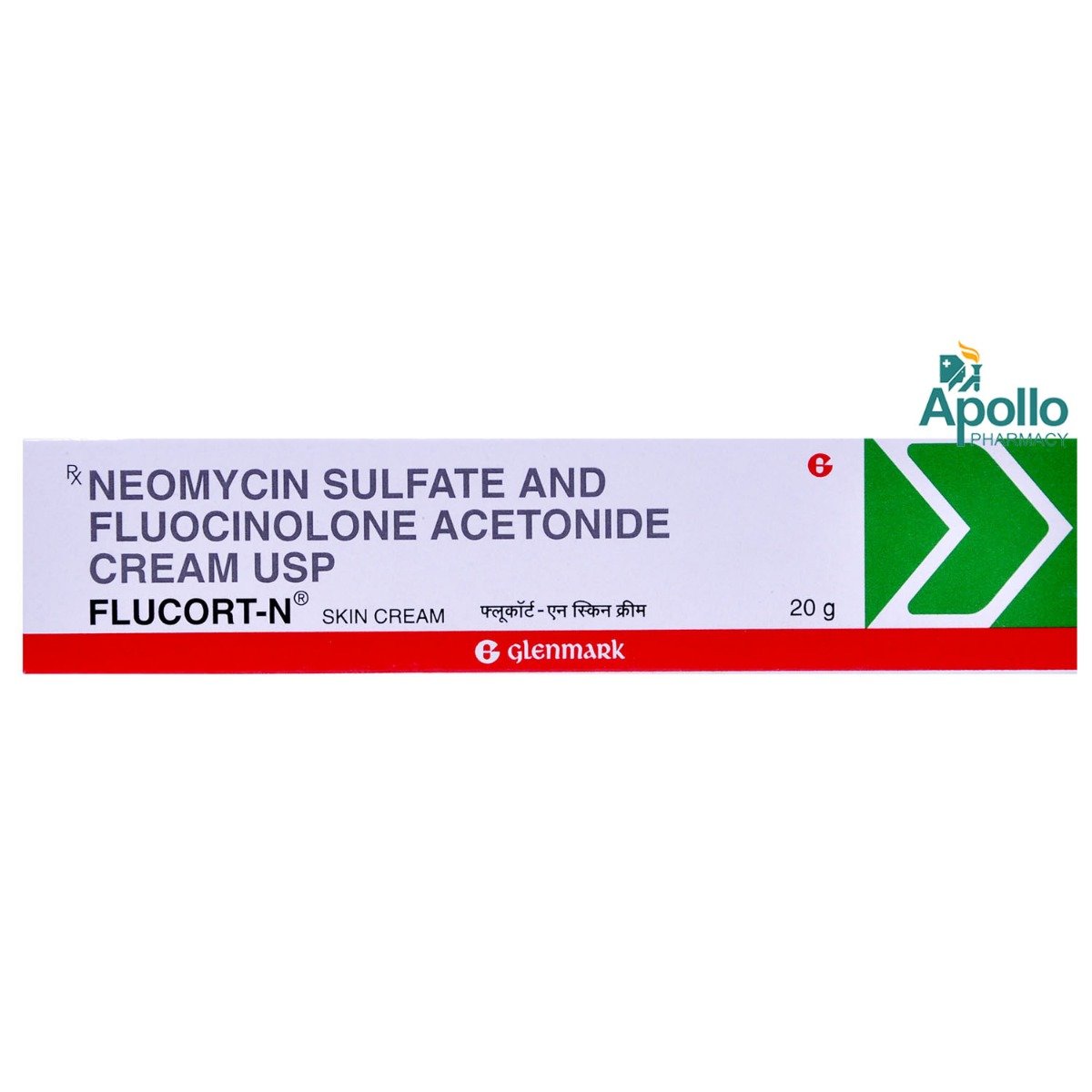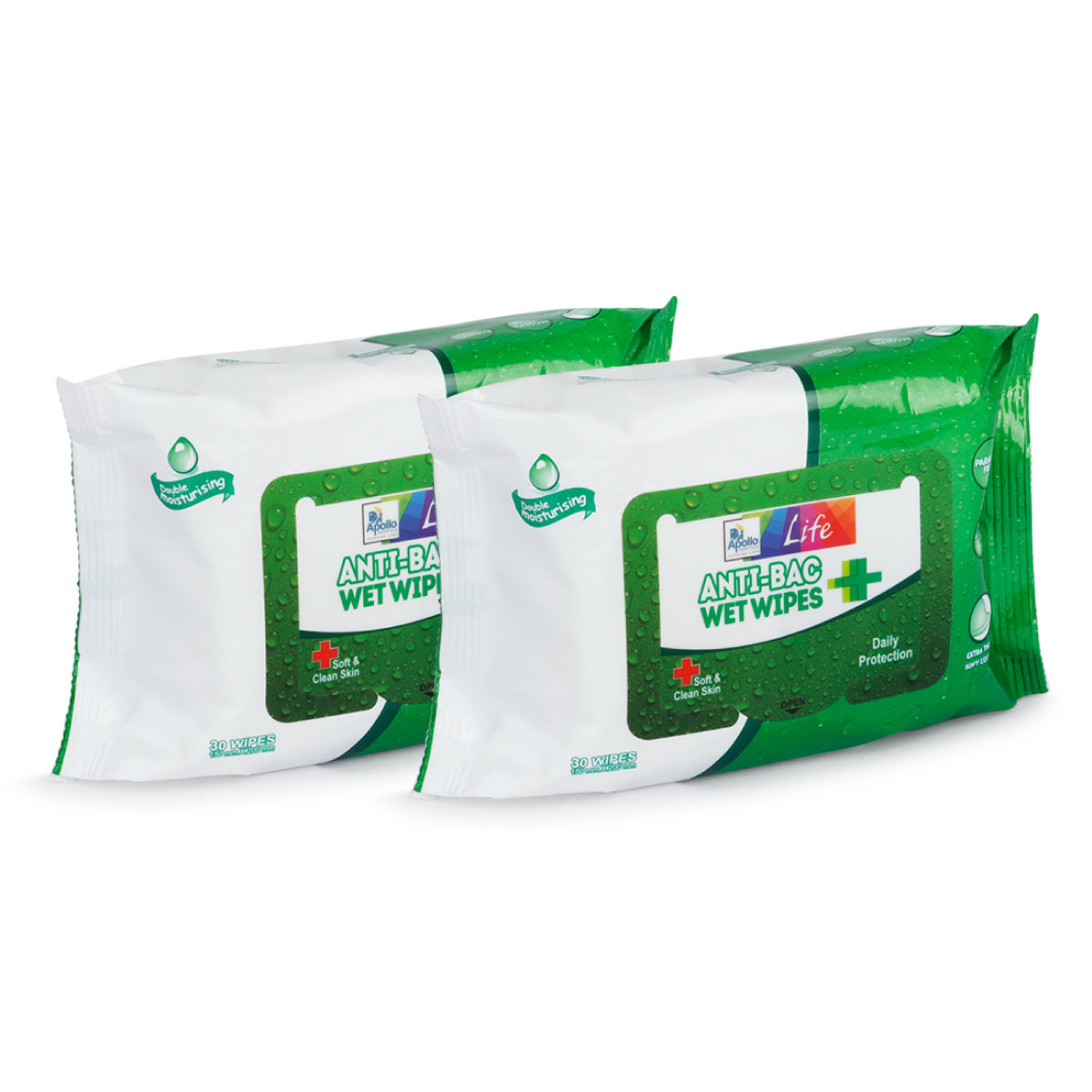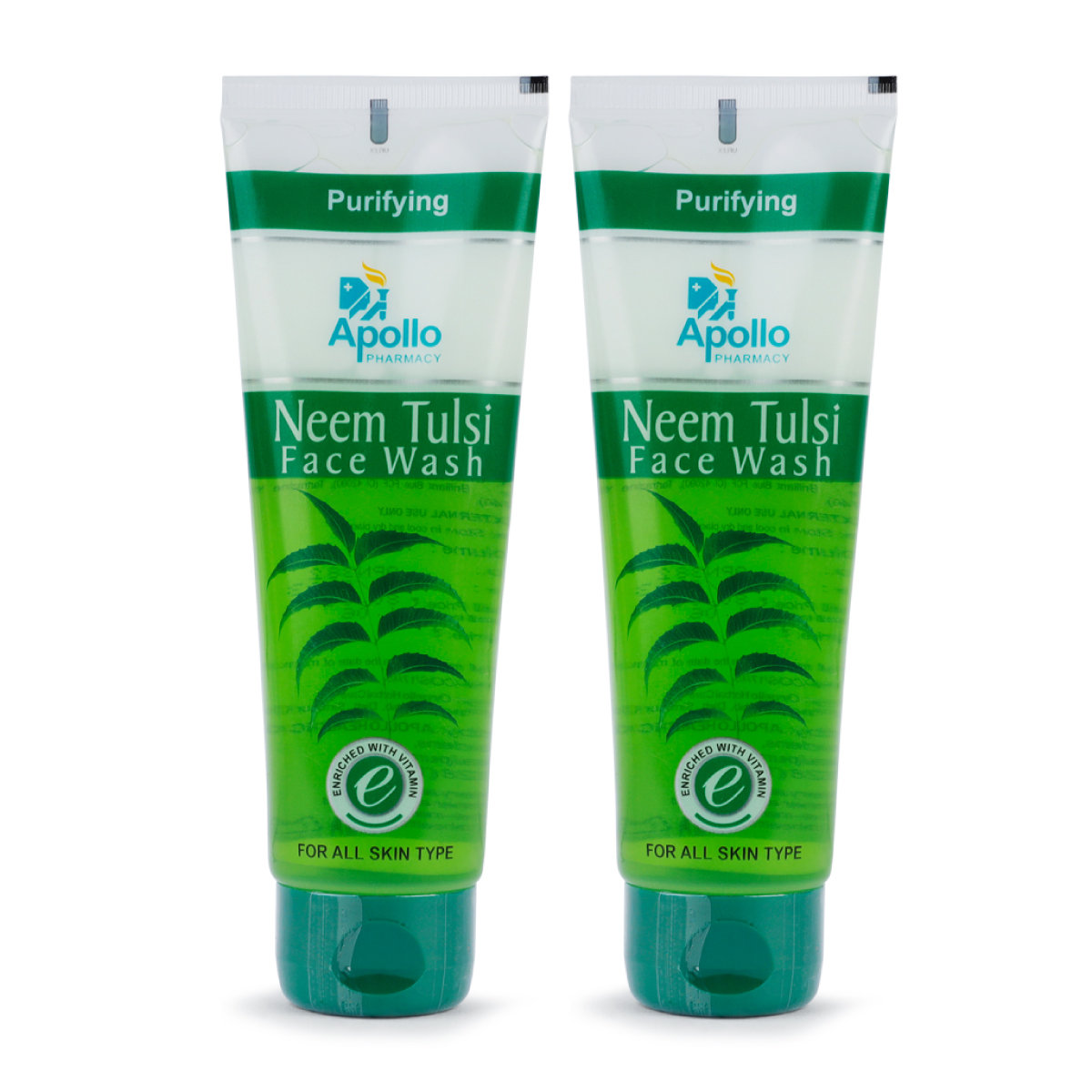Flucort N Cream



MRP ₹134.5
(Inclusive of all Taxes)
₹20.2 Cashback (15%)
know your delivery time
Provide Delivery Location
Composition :
Manufacturer/Marketer :
Consume Type :
Expires on or after :
Return Policy :

Secure Payment

Trusted by 8 Crore Indians

Genuine Products
Therapeutic Class
Country of origin
Manufacturer/Marketer address
Disclaimer
Alcohol
Safe if prescribed
No interactions were found. If you have any concerns consult your doctor.
Pregnancy
Consult your doctor
If you are pregnant, please consult your doctor before using Flucort N Cream. Your doctor may prescribe this medicine if the benefits outweigh the risks.
Breast Feeding
Consult your doctor
If you are breastfeeding, please consult your doctor before using Flucort N Cream. Your doctor may prescribe this medicine if the benefits outweigh the risks.
Driving
Safe if prescribed
Flucort N Cream does not affect your alertness.
Liver
Consult your doctor
Flucort N Cream should be used only if a doctor prescribes it.
Kidney
Consult your doctor
Flucort N Cream should be used only if a doctor prescribes it.
Children
Safe if prescribed
Use Flucort N Cream in children only if prescribed by your doctor.
About Flucort N Cream
Flucort N Cream contains the combination of fluocinolone acetonide and neomycin. Flucort N Cream is used to treat skin infections. Flucort N Cream contains neomycin, an antibiotic that works by stopping the growth of bacteria and contains fluocinolone acetonide medium-strength corticosteroid that reduces swelling, itching, and redness of the skin.
Infectious and harmful bacteria make you sick and reproduce quickly in your body. These harmful bacteria produce chemicals called toxins, which can damage tissue and make you sick. Fluocinolone acetonide works by activating natural substances in your skin to reduce swelling, itching, redness, and neomycin by inhibiting the bacterial synthesis and killing the bacteria by this Flucort N Cream reduces the infection.
Flucort N Cream is used only for the skin. Wash your hands before using, and clean and dry the affected area before applying the medicine. Apply a thin film of medication on the affected area and gently rubbed in as directed by a physician. Do not cover/wrap the bandage after applying the medicine unless your doctor says. If applied in the diaper region of infants, don't use tight diapers and plastic diapers. Side effects are burning irritation and dry skin if it persists longer duration, seek a doctor's help.
Flucort N Cream should be taken as directed by the physician. Do not use this medicine for a longer duration. Flucort N Cream should not be used in the treatment of infection in the outer eardrum canal. If you are pregnant or breastfeeding, consult your doctor before using Flucort N Cream.
Uses of Flucort N Cream
Medicinal Benefits Mweb
Key Benefits
Flucort N Cream fluocinolone acetonide and neomycin used to treat bacterial skin infections. Flucort N Cream is used to treat swelling, itching, redness, dryness, scaling, inflammation, and skin discomfort and also stops bacterial growth. Flucort N Cream may be used in the treatment of psoriasis and eczema to relieve symptoms.
Directions for Use
Side Effects of Flucort N Cream
- Burning,
- Irritation
- Dryness
- Skin discolouration
- Unwanted hair growth
- Acne
- Skin thinning
Drug Warnings
- Flucort N Cream should be used before the expiration.
- Check the label before use.
- Caution should be taken while breastfeeding, and pregnant women use this medicine.
- Flucort N Cream should not be taken for a longer duration because corticosteroids make it difficult for the body to respond to physical stress.
Drug-Drug Interactions
Drug-Drug Interactions
Login/Sign Up
Drug-Food Interactions
Drug-Food Interactions
Login/Sign Up
Drug-Diseases Interactions
Drug-Diseases Interactions
Login/Sign Up
Drug-Drug Interactions Checker List
- ALCOHOL
Habit Forming
Special Advise
- Wash your hands before and after applying Flucort N Cream.
- Wash the affected area, pat it, and dry it before applying this medicine.
- Do not apply it to the eardrum canal.
Diet & Lifestyle Advise
- Foods that are good for skin problems are vitamin C, like oranges, papaya, kiwi, and guava.
- Avoid eating eggs, cow milk, soy, and shellfish.
- Take spinach, kale, and apples into your diet.
- Avoid cakes, coffee, and smoothies that aggravate your symptoms.
- Drink more water.

Have a query?
Buy best Skin Disorders products by
Sun Pharmaceutical Industries Ltd
Glenmark Pharmaceuticals Ltd
Cipla Ltd
Oaknet Healthcare Pvt Ltd
Ranbaxy Laboratories Ltd
Salve Pharmaceuticals Pvt Ltd
Torrent Pharmaceuticals Ltd
Dr Reddy's Laboratories Ltd
Karlin Pharmaceuticals & Exports Pvt Ltd
Merck Ltd
Micro Labs Ltd
Abbott India Ltd
Alkem Laboratories Ltd
East West Pharma India Pvt Ltd
Intas Pharmaceuticals Ltd
Leeford Healthcare Ltd
Mohrish Pharmaceuticals Pvt Ltd
P and P Dermaceuticals Pvt Ltd
Surecare Pharma Pvt Ltd
Wockhardt Ltd
Canixa Life Sciences Pvt Ltd
Geno Pharmaceuticals Pvt Ltd
GlaxoSmithKline Pharmaceuticals Ltd
Apex Laboratories Pvt Ltd
Dabur India Ltd
Fourrts India Laboratories Pvt Ltd
Fulford India Ltd
Indi Pharma Pvt Ltd
Lupin Ltd
Mankind Pharma Pvt Ltd
Monichem Healthcare Pvt Ltd
Novartis India Ltd
NuLife Pharmaceuticals
Saf Fermion Ltd
Wallace Pharmaceuticals Pvt Ltd
A. Menarini India Pvt Ltd
Acme Corporation
Ajanta Pharma Ltd
Alembic Pharmaceuticals Ltd
An Pharmaceuticals Pvt Ltd
Apple Therapeutics Pvt Ltd
Biocon Ltd
Comed Chemicals Ltd
Dwd Pharmaceuticals Ltd
Dynamic Techno Medicals
E Merck India Ltd
H&H Pharmaceuticals Ltd
Hegde & Hegde Pharmaceutica Llp
Kaizen Pharmaceuticals Pvt Ltd
Klm Laboratories Pvt Ltd
Kremoint Pharma Pvt Ltd
Liva Health Care Ltd
Macleods Pharmaceuticals Ltd
Menarini India Pvt Ltd
Shalaks Pharmaceuticals Pvt Ltd
Stedman Pharmaceuticals Pvt Ltd
Unichem International
Yash Pharma Laboratories Pvt Ltd
Zee Laboratories Ltd
Adonis Laboratories Pvt Ltd
Alive Pharmaceutical Pvt Ltd
Amwill Healthcare Pvt Ltd
Apple Pharmaceuticals
Athens Labs Ltd
Aventis Pharma
Bayer Corporation
Bayer Pharmaceuticals Pvt Ltd
Bellissa Pharmaceuticals Pvt Ltd
Biochem Pharmaceutical Industries Ltd
Bion Therapeutics (I) Pvt Ltd
Blue Cross Laboratories Pvt Ltd
Cadila Healthcare Ltd
Cadila Pharmaceuticals Ltd
Centaur Pharmaceuticals Pvt Ltd
Concept Pharmaceuticals Ltd
Corona Remedies Pvt Ltd
Cosme Healthcare
DR Johns Lab Pharma Pvt Ltd
Dan Laboratories
Dermocare Laboratories Gujarat Llp
Dollar Company Pvt Ltd
Elder Pharmaceuticals Ltd
Emcee Pharmaceuticals (P) Ltd
Eskon Pharma
FDC Ltd
Fem Care Pharma Ltd
Finn Cosmeceutical Pvt Ltd
Galaxus Pharmaceuticals
Galaxy Biotech
Galderma India Pvt Ltd
Gary Pharmaceuticals Pvt Ltd
Gland Pharma Ltd
Gopish Pharma Ltd
Grefith Life Sciences Pvt Ltd
Ind Swift Laboratories Ltd
Indus Life Sciences Pvt Ltd
Insula Pharmaceuticals Pvt Ltd
Intermed Pharma Pvt Ltd
Intra Labs India Pvt Ltd
Janssen Pharmaceuticals Pvt Ltd
Customers Also Bought



